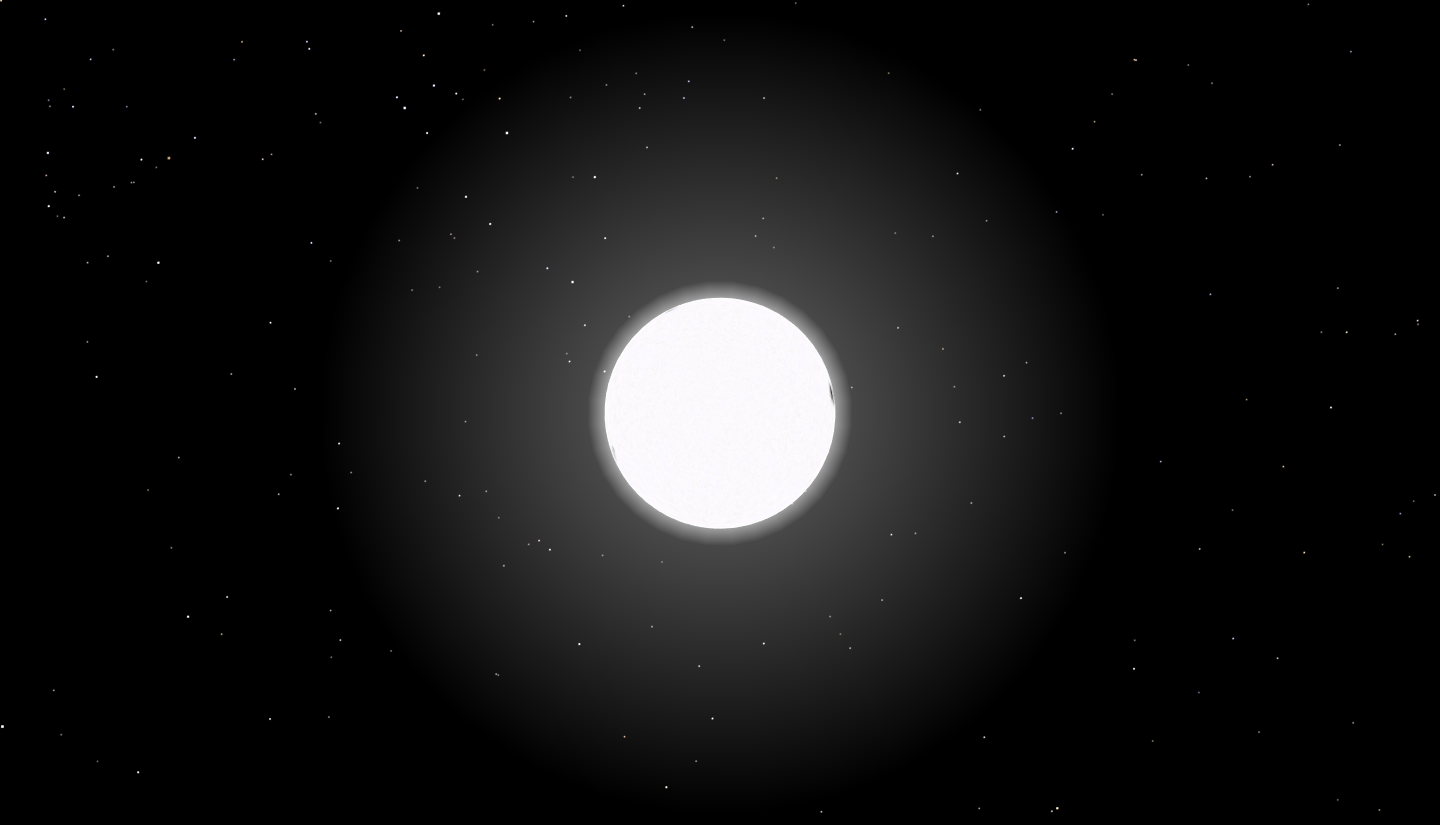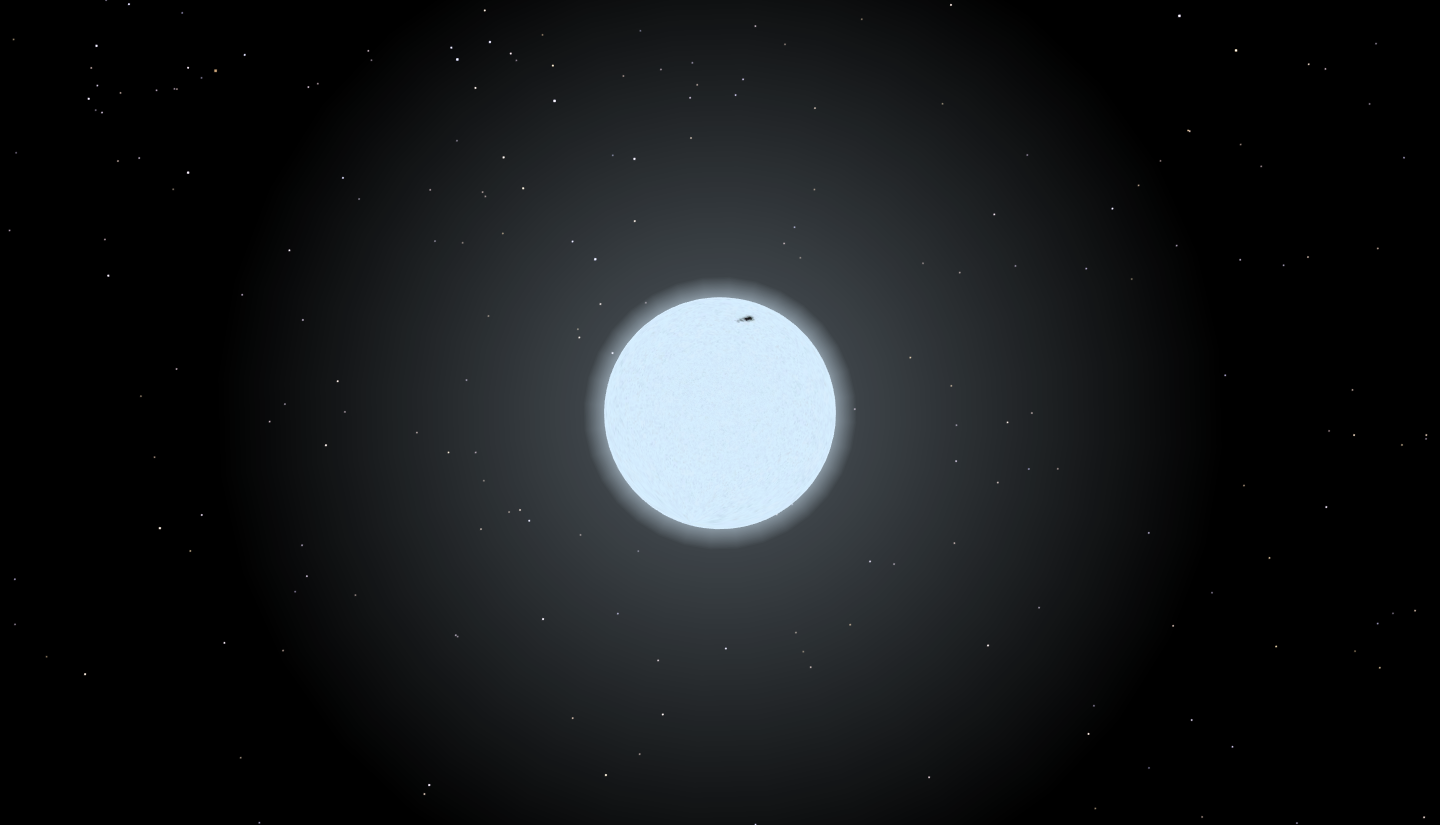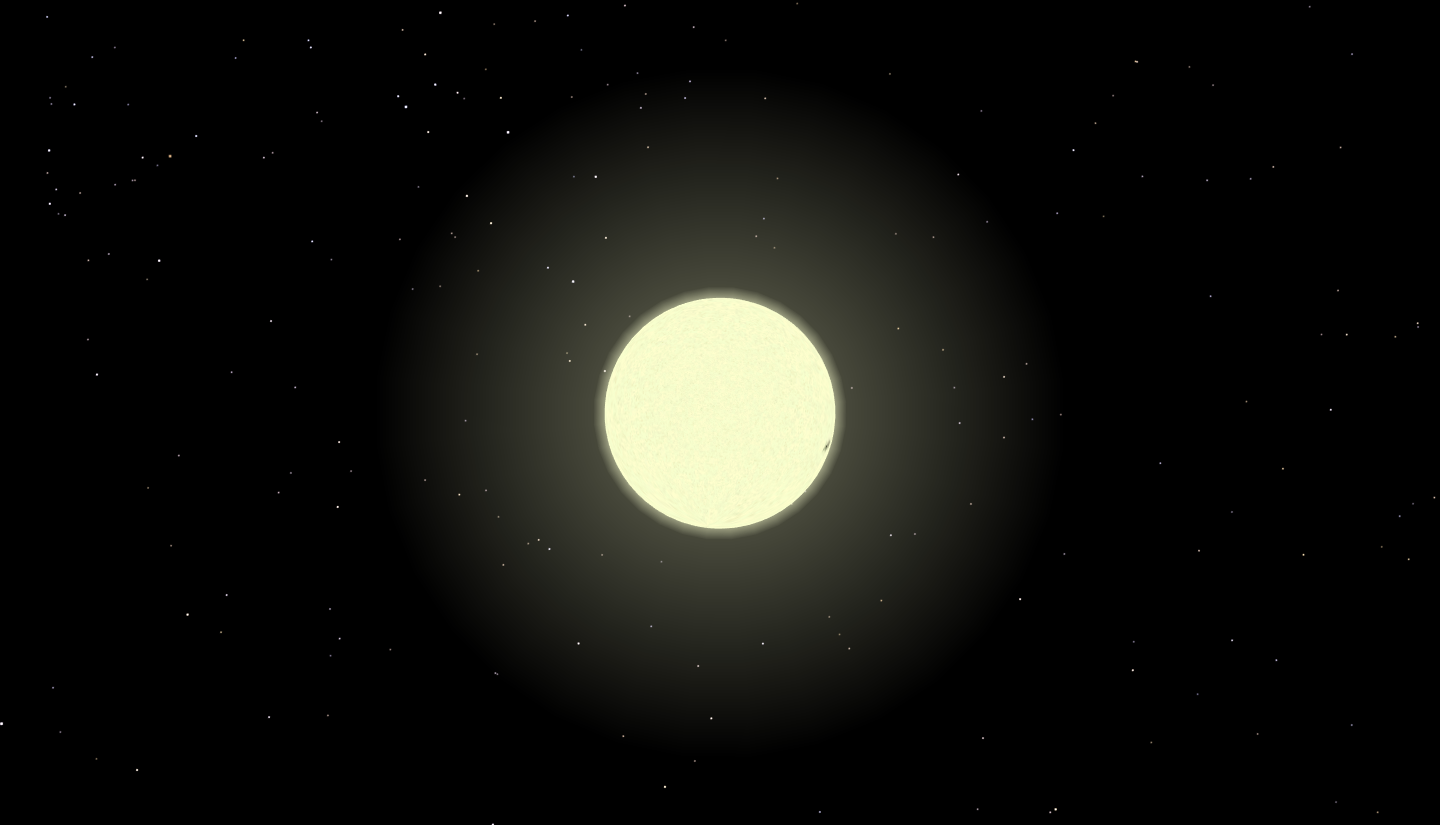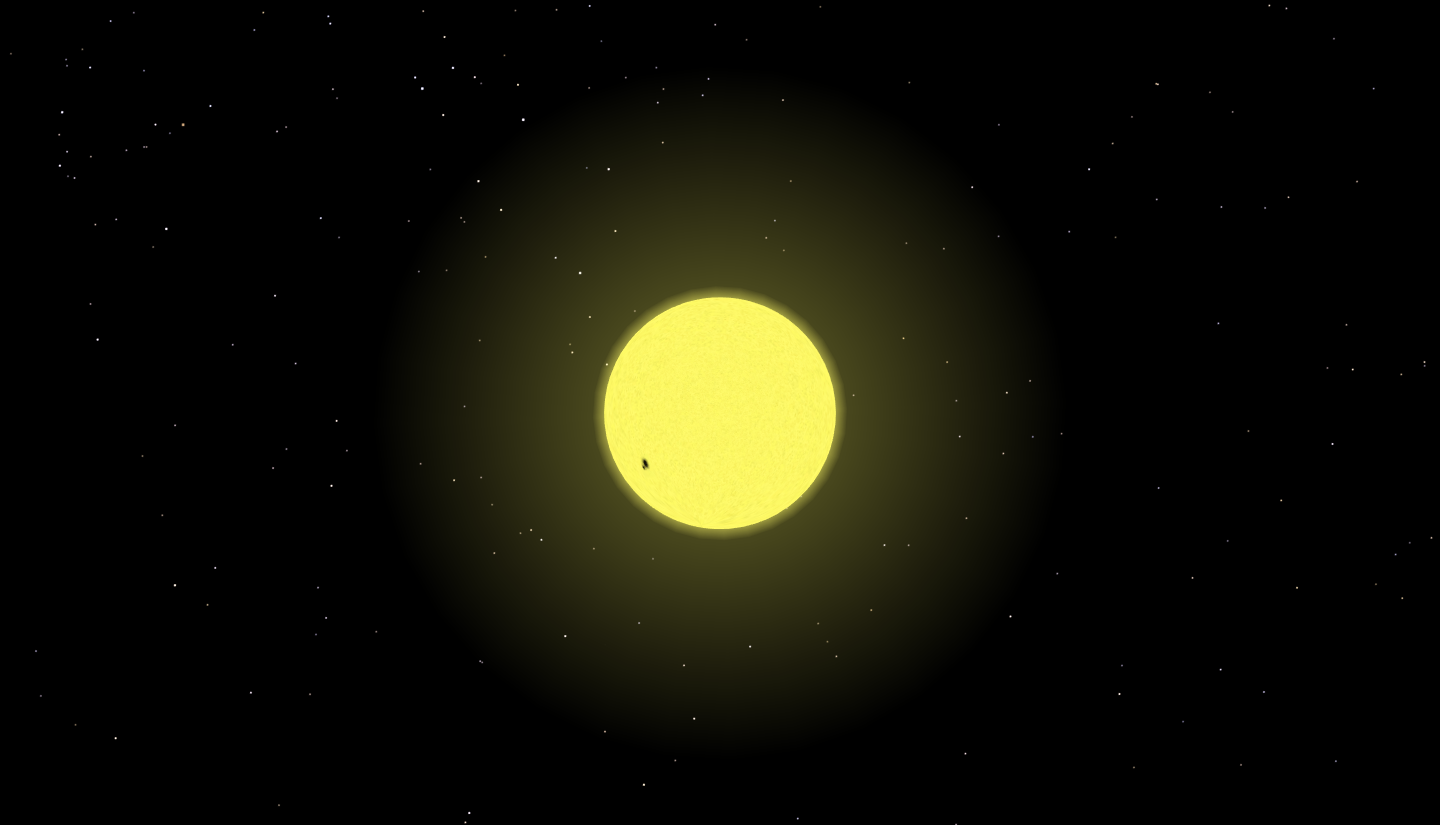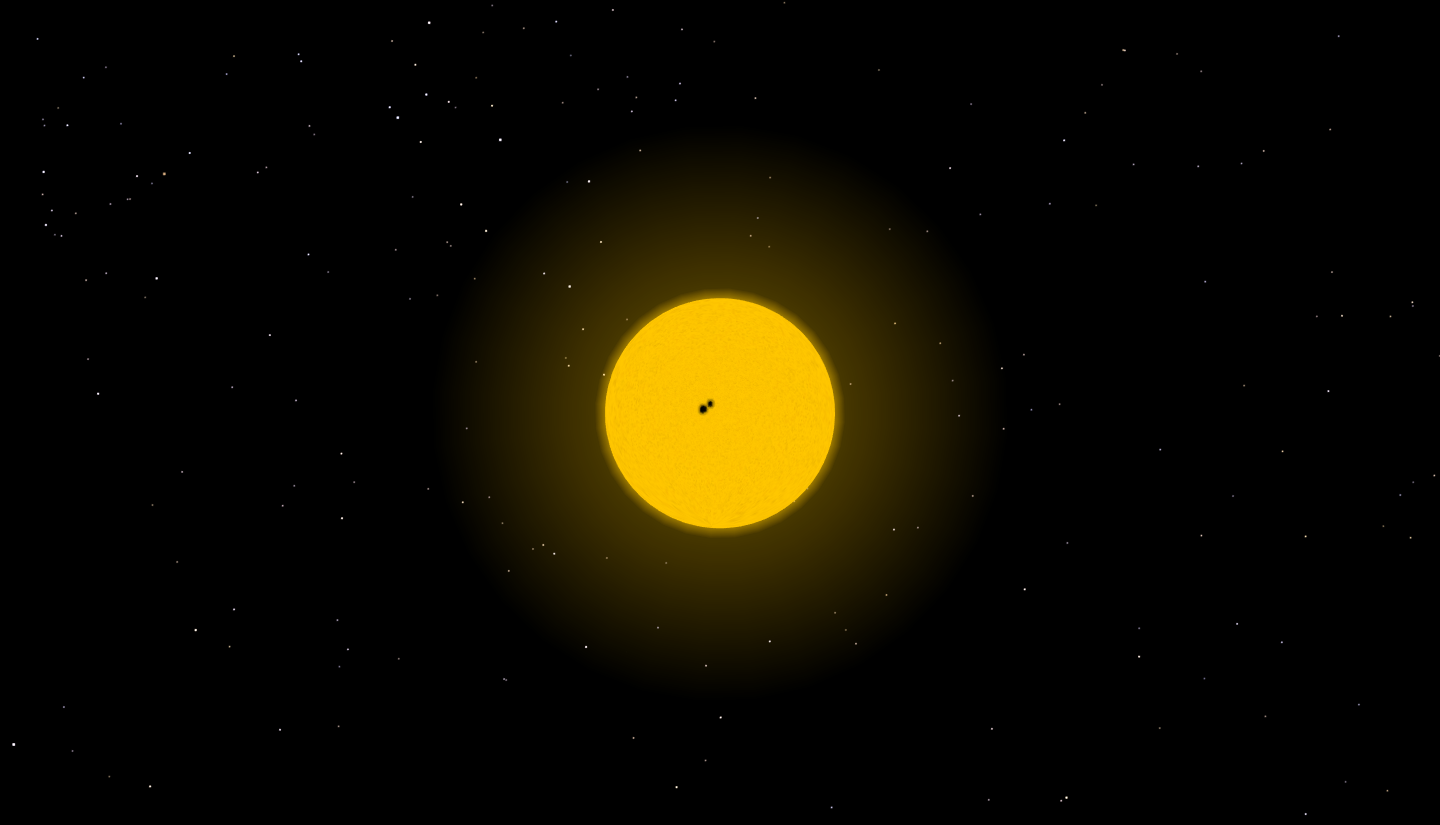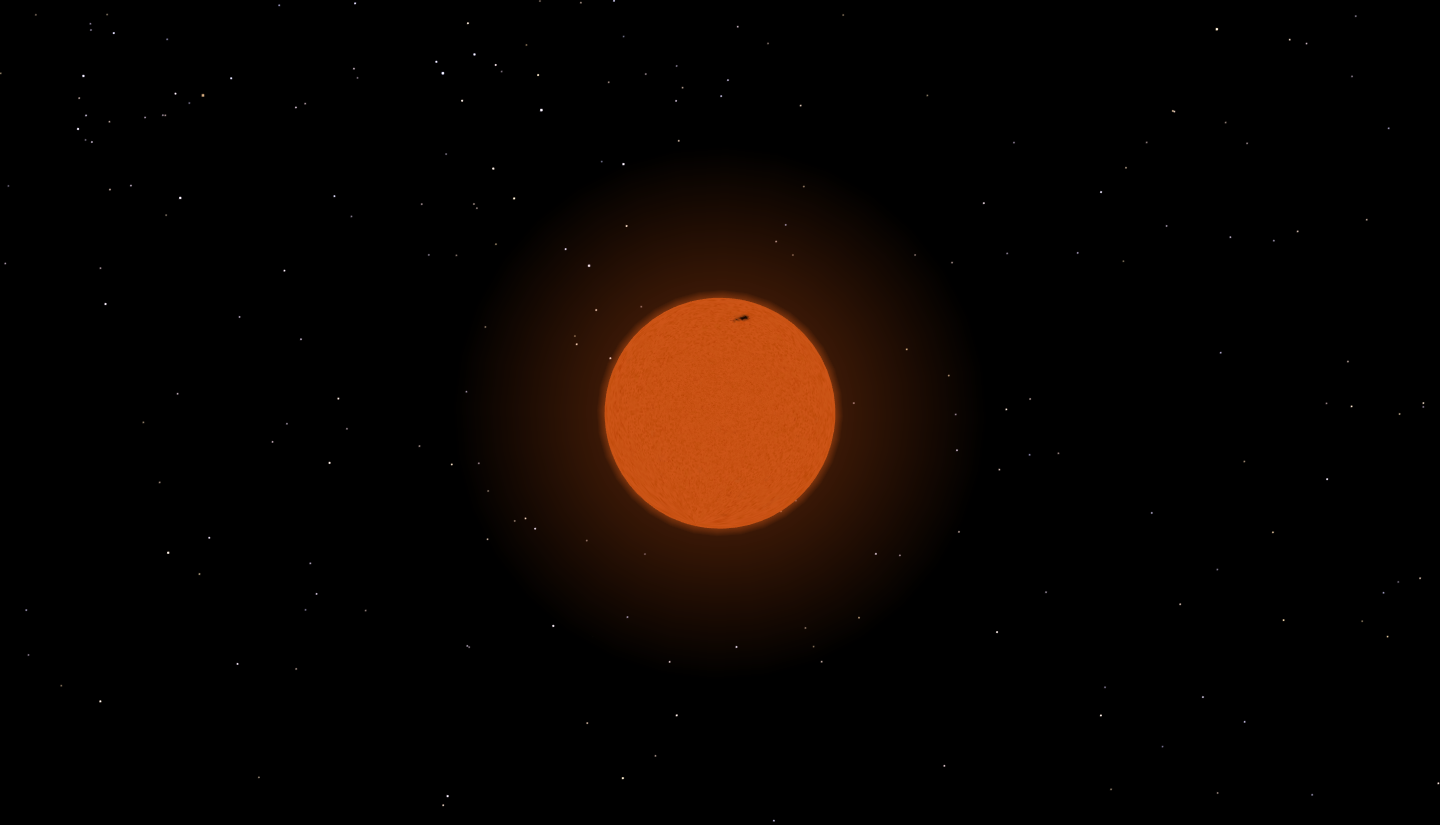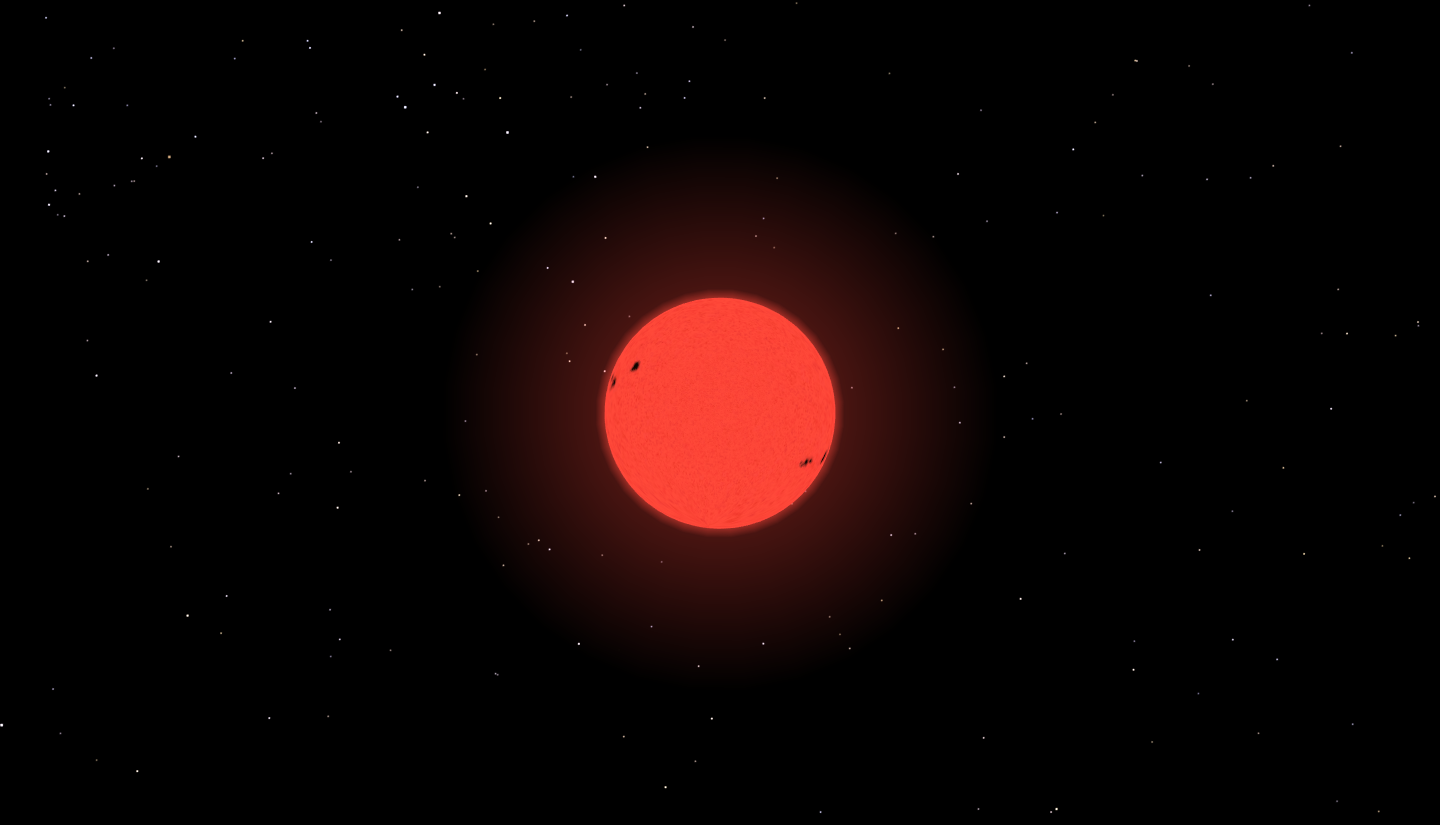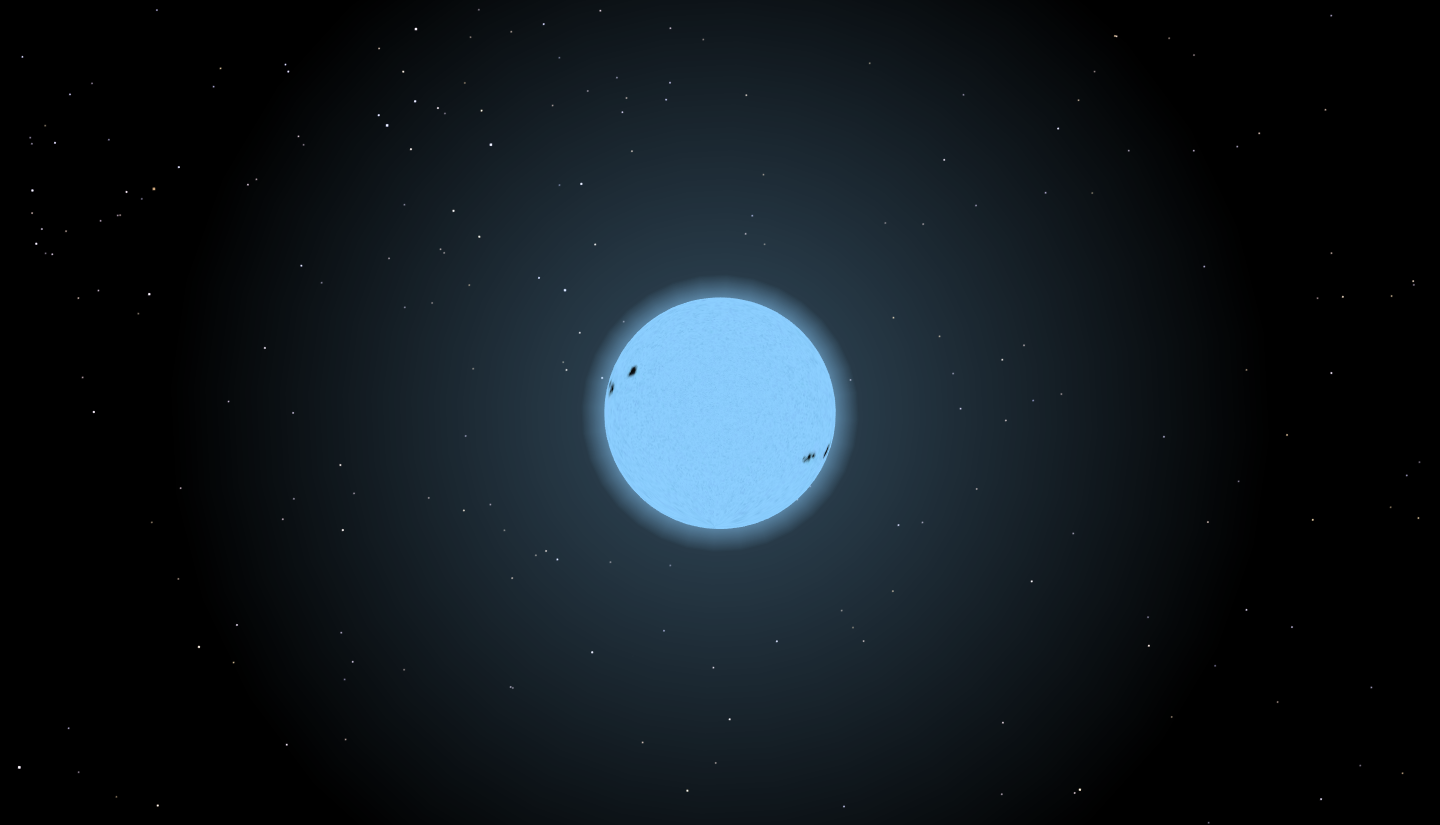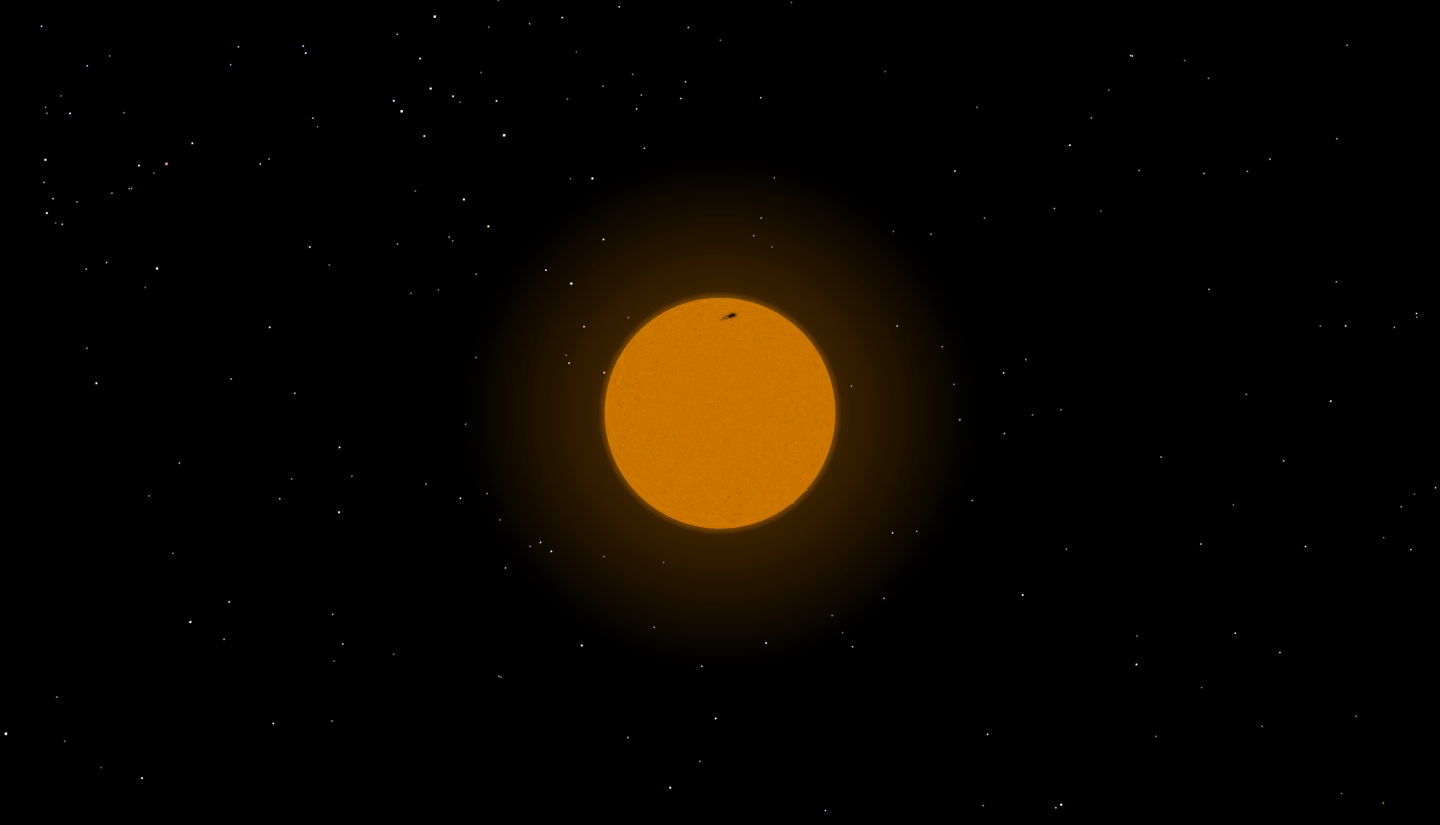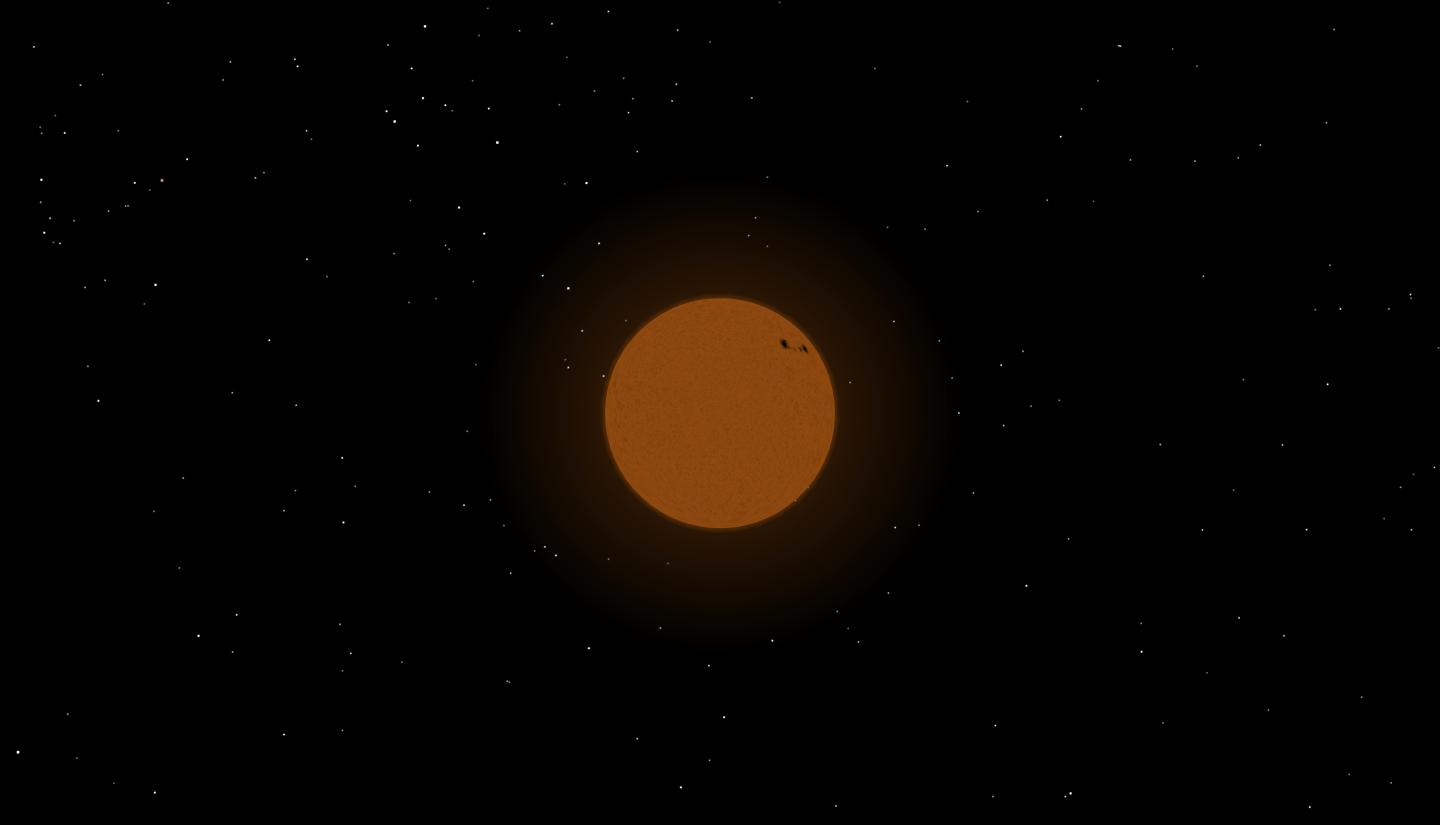Like most two years olds, my daughter loves Elmo. Something about his high-pitched voice and ever-present smile I guess.
Parents innately learn to tune him out, probably to moderate the risk of going insane listening to that same shrill voice on reruns day after day.
One episode that sticks out in my mind, today more than ever perhaps, puts Elmo in a room with none other than David Beckham. The short ends after Elmo, who pesters Becks to teach him to dribble a soccer ball on his head, learns a new word... Persistence.
Persistence is an extremely important quality, and some might say a disappearing quality these days. It goes hand-in-hand with patience I think, something we can all agree is becoming scarce in this age of on-demand everything.
Persistence, as in the case of Elmo and Becks, often pays off.
Over the past few weeks, I've been involved in an exchange over the accuracy of Starry Night's eclipse predictions. One of our "power users" (who shall remain nameless for now) reported what he believed to be an issue with our calculations. They just didn't match up exactly with what NASA (and other government sites) were reporting.
The discrepancy was small; in fact, the timings were exact, to the sub-second but the sizes of the Earth's shadows (both the umbra and penumbra) were too small by a very small but noticeable fraction.
Normally no-one would even notice this, but in this case it changed our prediction for the April 4th, 2015 eclipse from a Total (as reported by NASA) to a Partial eclipse. That made all the difference to a few people.
I sit down at my 'puter. "I'll figure this out", I say to myself confidently:
- Were we perhaps using an old or imprecise value for the Earth's diameter? Nope. That was in agreement with the USGS.
- Were we taking the oblateness of the Earth into account? Yup. A precise calculation there too.
- Was this somehow rounding or another error in calculation? Nope. Everything seems to check out.
After a few hours of this, I checked with my confrere, Bill (our SkySafari developer) to see if they had the same discord with NASA predictions. They did! And even better (worse, it turns out) both Starry Night, and SkySafari, two completely independently created applications, gave almost exactly the same result!
That sealed it for me. Other matters were more pressing. NASA could be wrong too (note that it's not insane to believe this, the pages we were referring to were intended for the public, maintained by a summer student and weren't necessarily vetted by anyone), or could have used slightly different values for the radius of the Earth. Were THEY accounting for the oblateness? Doubts and lack of information made it difficult.
After presenting my findings to Keiron, our head of support, I let the issue go.
Lots of other stuff to work on.
Again, the power user, and Keiron came back to me. Why were our predictions different? We claim arcsecond precision in our planet and moon positions. How could we make that claim if this discrepancy existed?
Again, I chatted with Bill. He said he had been talking with Keiron too. I Don't know what this annoying user thinks he knows that we don't. What could it be? "The Earth's atmosphere?" Says Bill. I dunno. Does NASA take it into account? It's not clear from their site. How can we compare if they don't say? The discrepancy is so small.
Lots of other stuff to work on.
Again, an email from Keiron. "Aren't you busy?" I think to myself. I open it, a curt reply, ready at my fingertips. This time, the message comes with a link.
"Do you think the Danjon rule explains the difference?" he asks:
http://www.eclipsewise.com/oh/oh-help/LEshadow.html
...
Holy s*&t!
...
Not just a clear explanation of what, how, and by how much the Earth's atmosphere contributes to the shadow, but authored by Fred Espenak himself, The Godfather of eclipse predictions!
This page on the eclipse, with nicely outlined parameters showed something called "Shadow Enlargement":
http://www.eclipsewise.com/lunar/LEprime/2001-2100/LE2015Apr04Tprime.html
... with a link to a clear explanation of what the Danjon shadow rule is, and its value.
It turns out that the Earth's atmosphere contributes around 1/85 (just over 1%) to the diameter of the Earth's shadow... an effect that we were NOT taking into account in Starry Night or SkySafari... but are now! (SN version 7.1.2+, SkySafari ).
Starry Night has been around for almost 20 years in some form or another, and we have never taken this into account, until now.
We could all learn a little from this power user and Keiron (and Elmo for that matter). It pays to be persistent!
Thanks for keeping at it guys. Starry Night is that much better for it.
After a few hours of this, I checked with my confrere, Bill (our SkySafari developer) to see if they had the same discord with NASA predictions. They did! And even better (worse, it turns out) both Starry Night, and SkySafari, two completely independently created applications, gave almost exactly the same result!
That sealed it for me. Other matters were more pressing. NASA could be wrong too (note that it's not insane to believe this, the pages we were referring to were intended for the public, maintained by a summer student and weren't necessarily vetted by anyone), or could have used slightly different values for the radius of the Earth. Were THEY accounting for the oblateness? Doubts and lack of information made it difficult.
After presenting my findings to Keiron, our head of support, I let the issue go.
Lots of other stuff to work on.
Again, the power user, and Keiron came back to me. Why were our predictions different? We claim arcsecond precision in our planet and moon positions. How could we make that claim if this discrepancy existed?
Again, I chatted with Bill. He said he had been talking with Keiron too. I Don't know what this annoying user thinks he knows that we don't. What could it be? "The Earth's atmosphere?" Says Bill. I dunno. Does NASA take it into account? It's not clear from their site. How can we compare if they don't say? The discrepancy is so small.
Lots of other stuff to work on.
Again, an email from Keiron. "Aren't you busy?" I think to myself. I open it, a curt reply, ready at my fingertips. This time, the message comes with a link.
"Do you think the Danjon rule explains the difference?" he asks:
http://www.eclipsewise.com/oh/oh-help/LEshadow.html
...
Holy s*&t!
...
Not just a clear explanation of what, how, and by how much the Earth's atmosphere contributes to the shadow, but authored by Fred Espenak himself, The Godfather of eclipse predictions!
This page on the eclipse, with nicely outlined parameters showed something called "Shadow Enlargement":
http://www.eclipsewise.com/lunar/LEprime/2001-2100/LE2015Apr04Tprime.html
... with a link to a clear explanation of what the Danjon shadow rule is, and its value.
It turns out that the Earth's atmosphere contributes around 1/85 (just over 1%) to the diameter of the Earth's shadow... an effect that we were NOT taking into account in Starry Night or SkySafari... but are now! (SN version 7.1.2+, SkySafari ).
Starry Night has been around for almost 20 years in some form or another, and we have never taken this into account, until now.
We could all learn a little from this power user and Keiron (and Elmo for that matter). It pays to be persistent!
Thanks for keeping at it guys. Starry Night is that much better for it.















